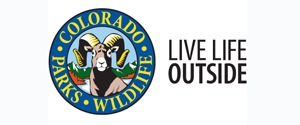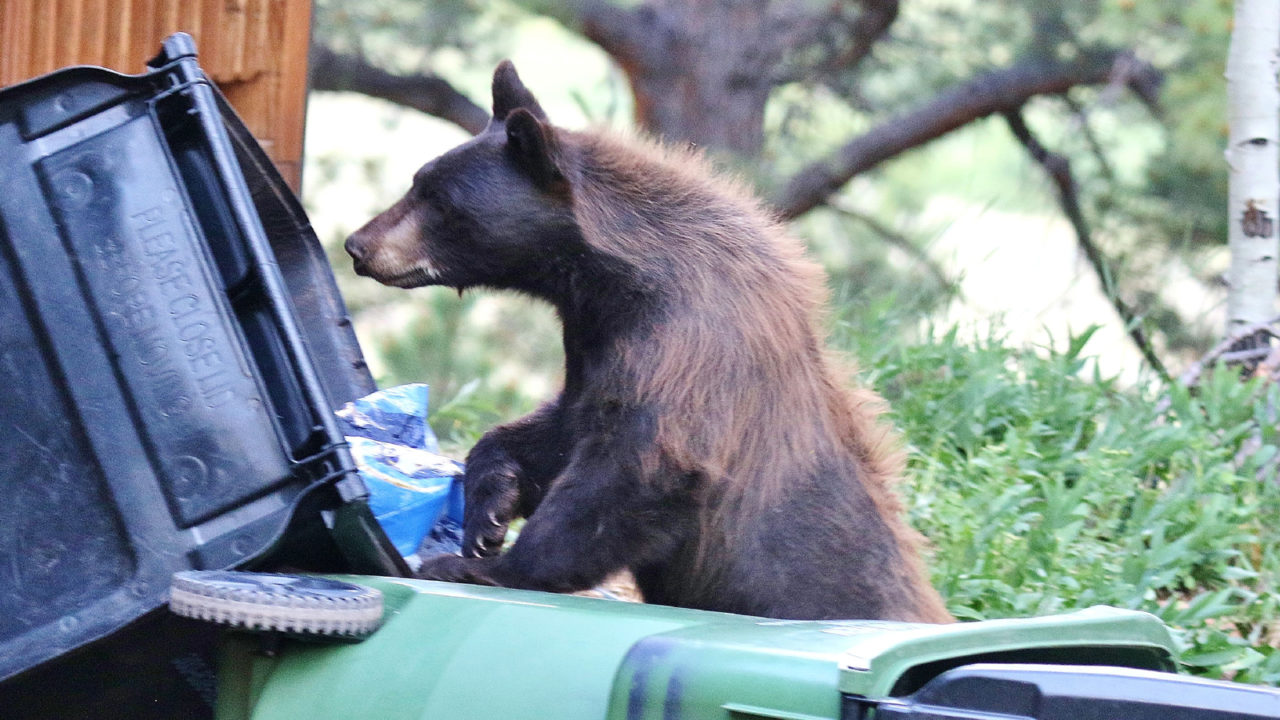Keep Your Trail Treats to Yourself
How refusing to leave behind food in the woods can save wildlife.
Your boots thump along the singletrack as you climb toward your next Colorado peak or stunning alpine lake. You’re careful not to step off trail to protect the wildflower blooms—it’s one way to conserve our state’s immense beauty. And when your belly grumbles, you stop for a swig of your reusable water bottle, grab a fist full of M&M-laden trail mix, and a few of your energy-boosting snacks fall beside the trail. Here’s the decision split in the road: Do you leave bits of the chocolate and nuts concoction for the squirrel chirping at you from the tree? Or, do you gather up the dropped snacks to get rid of later on? Opt for option number two and trust that the talkative squirrel will find itself a tasty acorn down the trail.
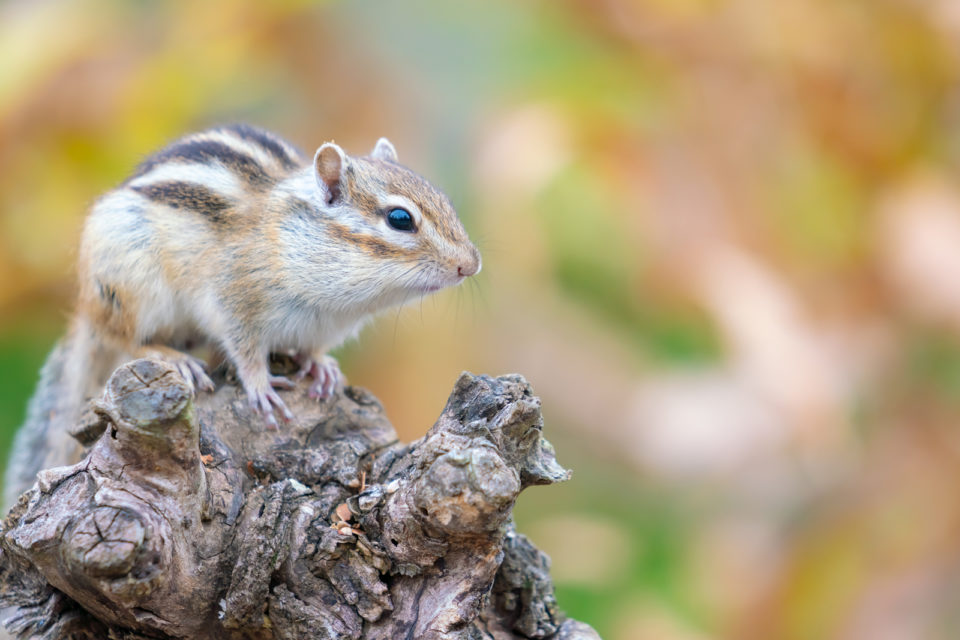
According to Leave No Trace Center for Outdoor Ethics, nine out of 10 people in the outdoors are “uninformed about their impacts.” Each time we make a small impact—like cracking off a corner of a granola bar and pitching it to a cheeky little pika–we’re upsetting the balance of the wild. The natural ecosystem doesn’t leave room for unnatural adjustments in the wildlife food pyramid. But, how much harm can a few salty almonds and chocolate morsels really cause in the woods? The answer: A lot.
Each species—from elk to black bears to field mice—follows a diet which is provided by nature. When nibbles of human food turn into a regular dining habit, trouble starts.
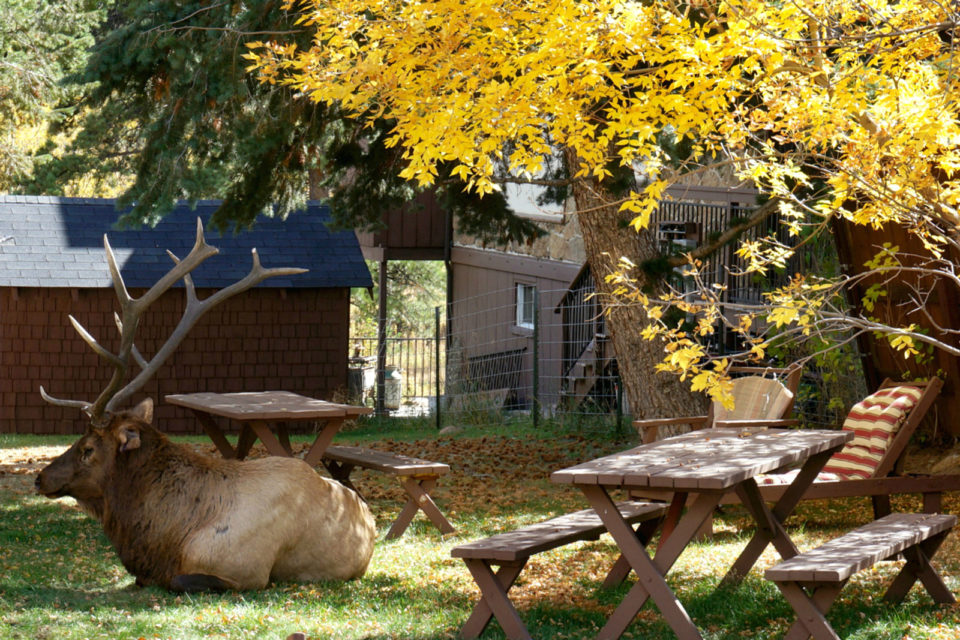
Conservation starts small with letting nature feed wild animals.
When animals big and small get a taste for human food, they lose their sense of fear towards the two-leggeds. In a hunt for these tasty treats, animals find their way closer to people … people with crumbs to spare. Deer might meander toward a popular in-town trailhead waiting for leftovers. And while they are a magnificent sight to observe close-up, two issues arise: they might eat your neighbor’s prized garden in-route or they might be tailed by a predator. Upticks in human conflict with bears and mountain lions can start as simply as one of these animals following a rainbow-colored trail from their mountain home closer to ours which conveniently includes garbage and bird-feeders galore!
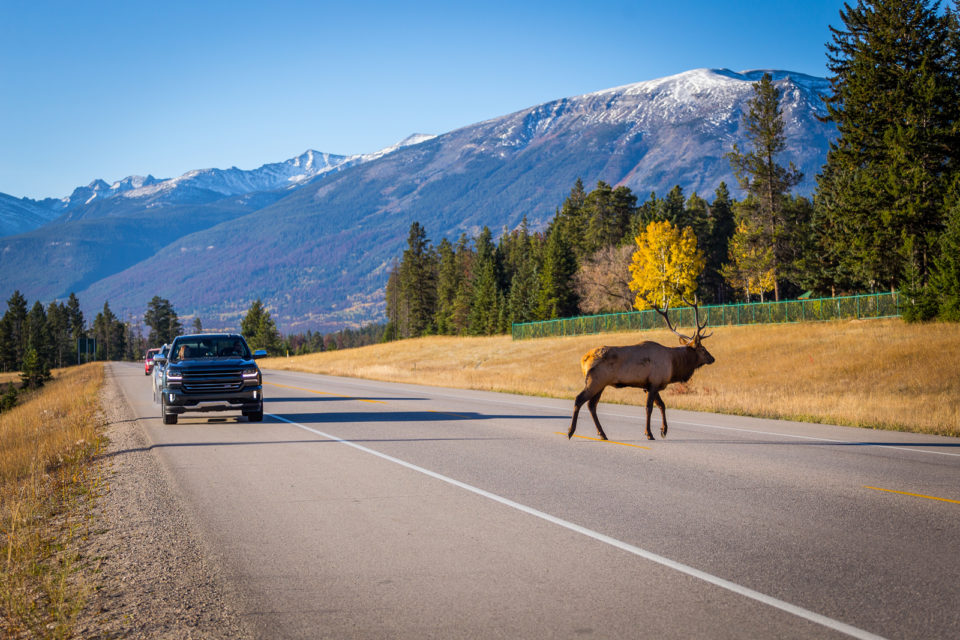
Innocently left tidbits of food left behind encourage a change in animal behavior, potentially dangerous human encounters with wildlife, and an unfortunate fate for an animal that gets too comfy looking for its next meal. Just as crucial, these missteps can make wild animals ill. A buffet of sugary breads and processed snacks aren’t great for humans and can leave a wild animal malnourished and potentially unable to survive. But if you make the choice to tuck your snacks away properly, the animals aren’t the only ones that will notice.
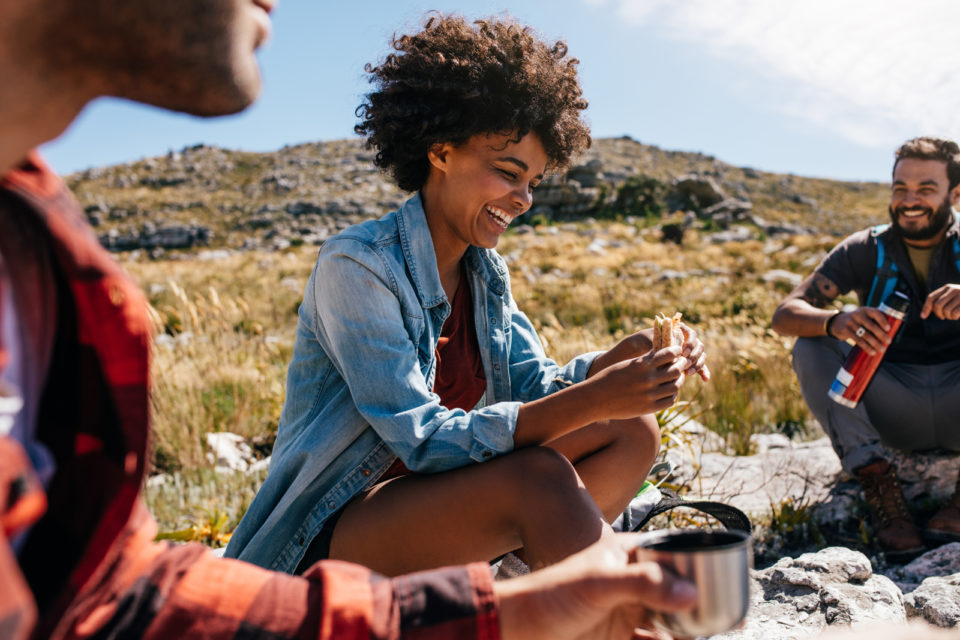
Each time you pluck a rogue peanut from the dirt, our state’s youngest conservationists are watching. Take the time to tell kids why it matters and that age doesn’t mean you can’t make a positive impact … in fact we can all take little steps when it comes to taking care of Colorado wildlife.
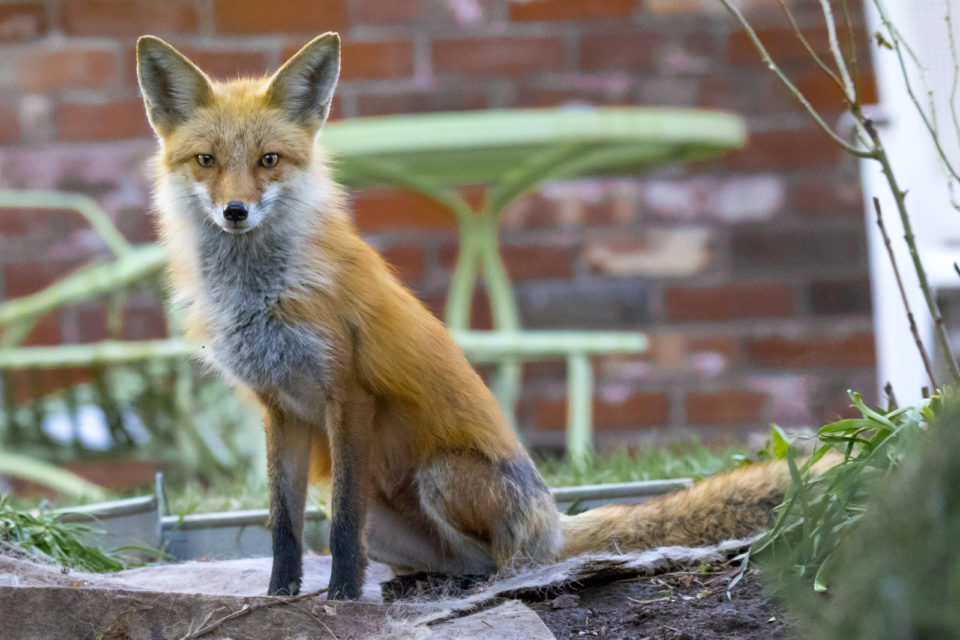
Conservation starts small, so please be stingy with your granola bars. Granola bars are for people. Acorns are for critters.

